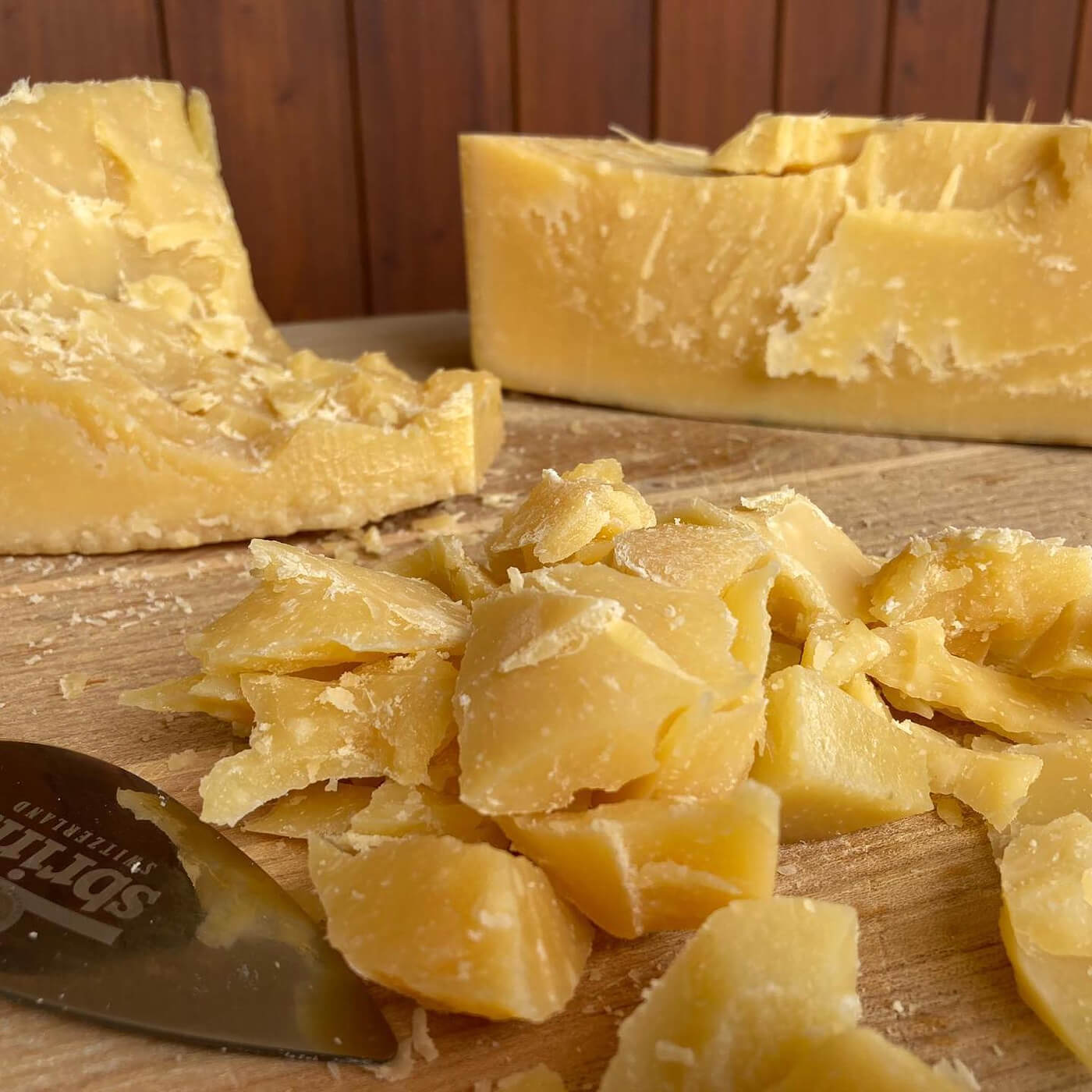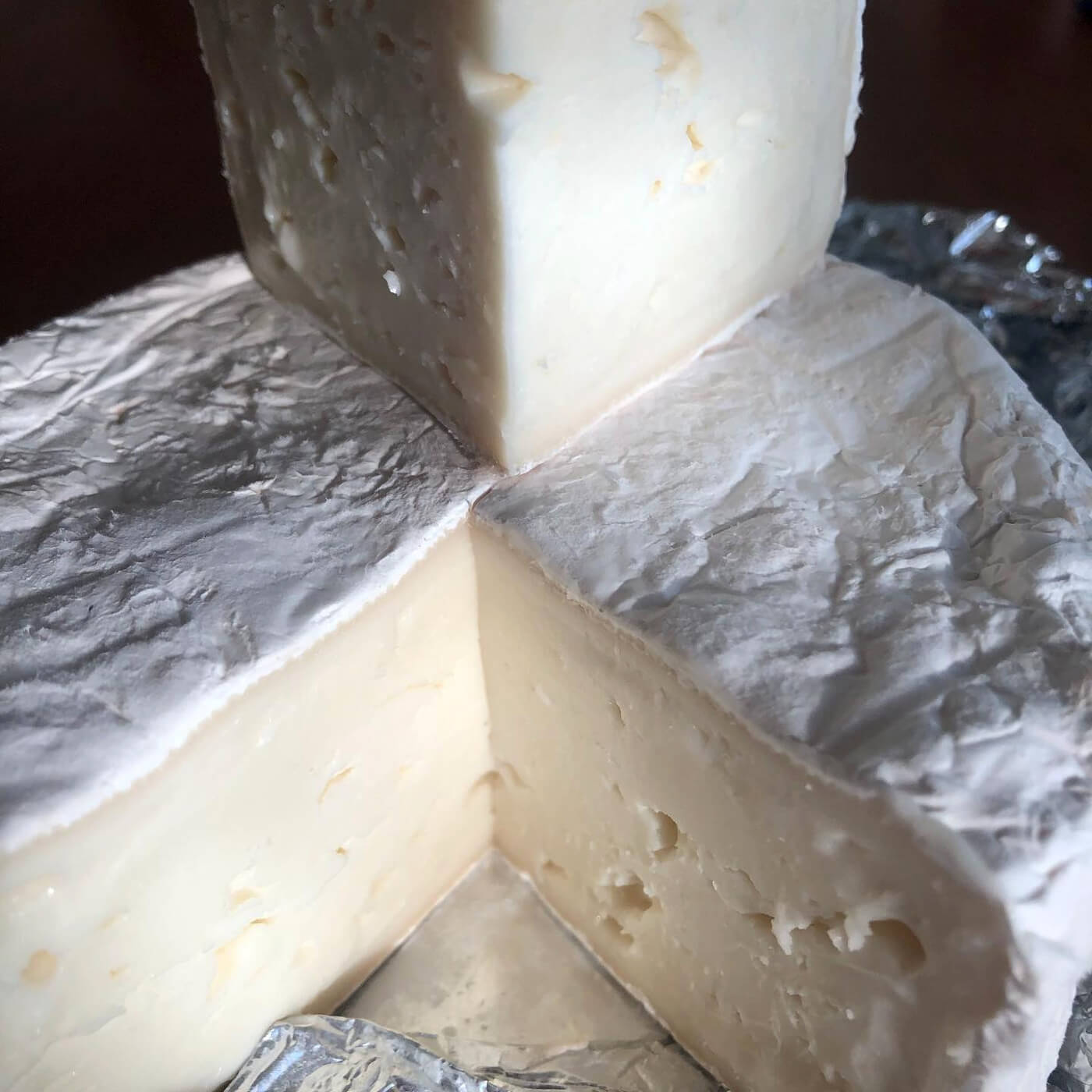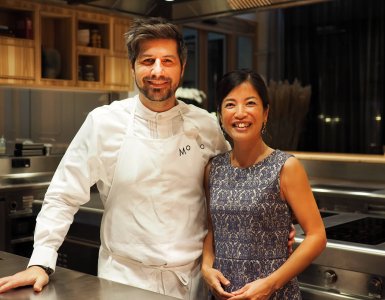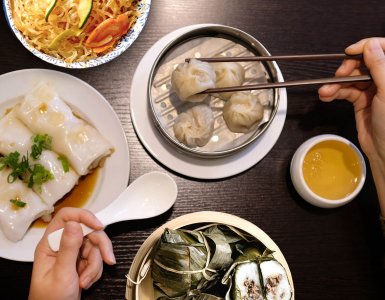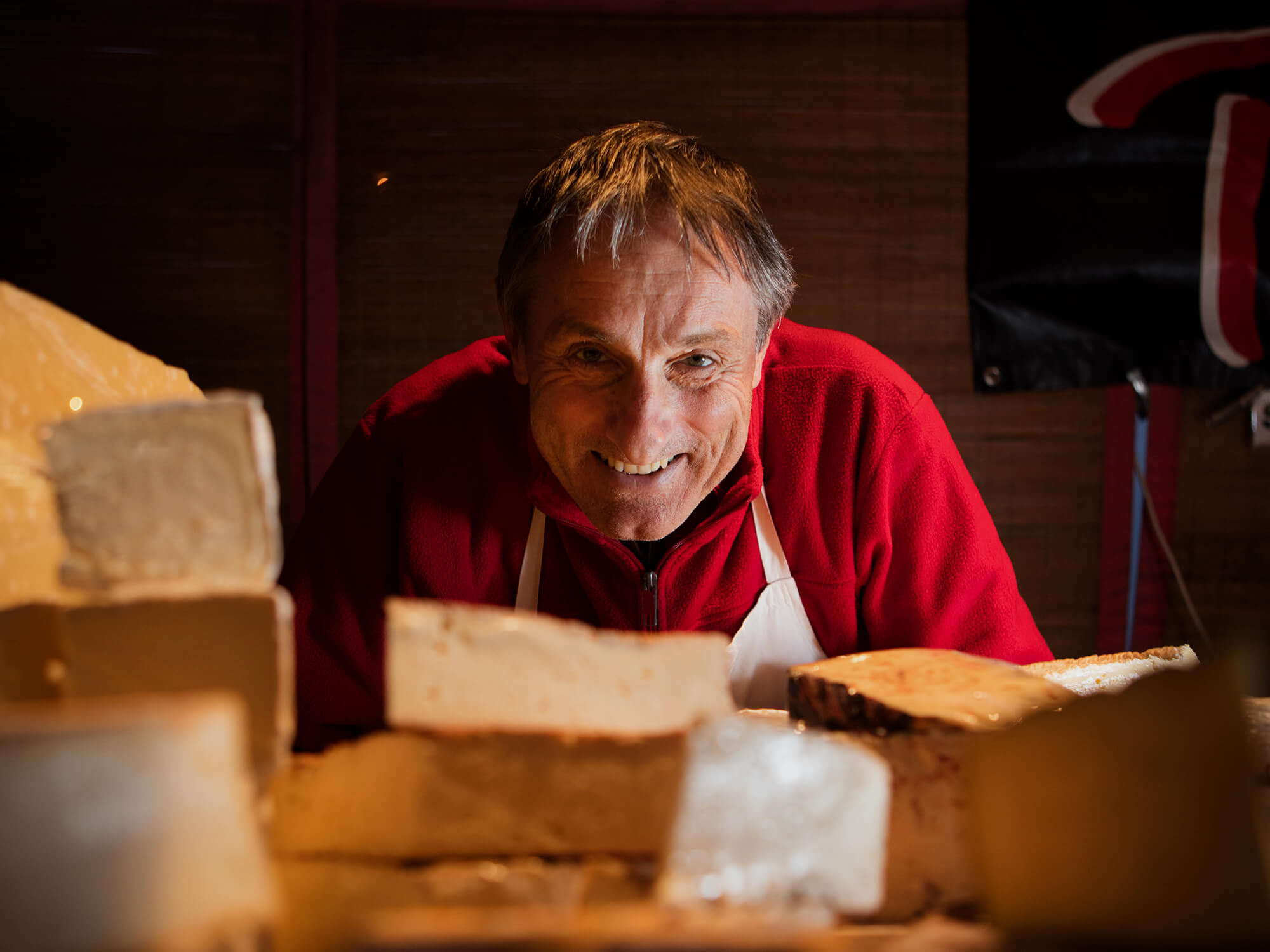
Rolf Beeler, an affineur at the pinnacle, puts a Swiss twist on the concept of the sacred cow.
Through his cultivation of relationships with farmers, dairies, and cellars, stretching back decades, Rolf has helped to create raw milk cheeses so tasty as to be memorable.
Enjoying the cheeses can also evoke images of pastures, mountains, and... the cows. One can feel gratitude from these tastes, which is a culinary transubstantiation. No wonder Rolf’s nickname in Swiss media has become “The Pope of Cheese.”
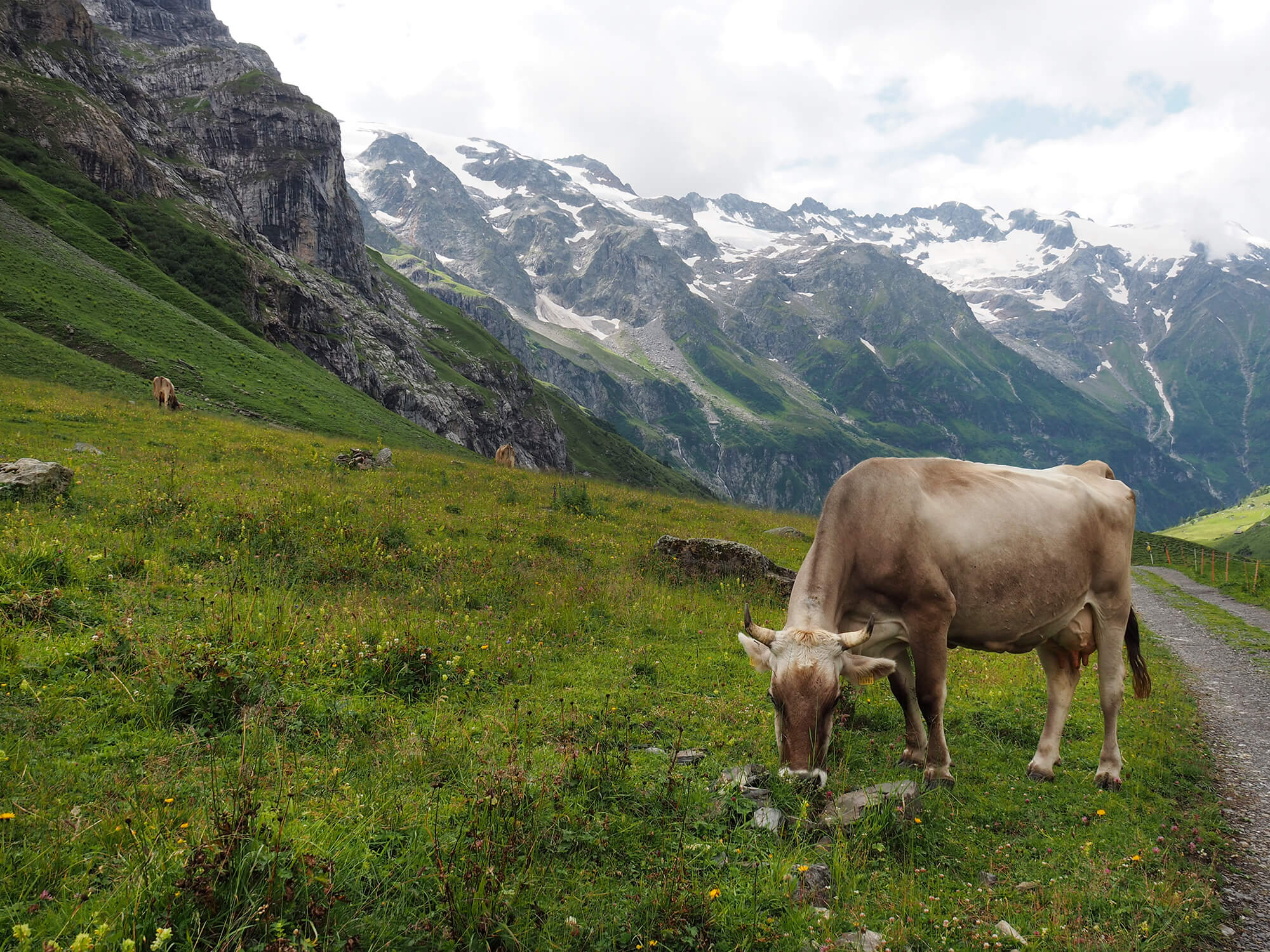
I first met Rolf on a Saturday morning in 1995, at his booth in Lucerne. There, along the Reuss River, is the city's weekly market. He wasn’t the only vendor selling cheeses, there had to have been at least a half dozen.
What struck me with immediacy after tasting his Gruyère, Emmental, and Sbrinz were their depth of flavor, the way each bite differed from the preceding one.
How the cheeses, aged or young, had a fresh, milky taste as well as a long finish; the aromas were both sweet and robust; and, their textures firm, but yielding. Compared to what the others were selling, Rolf’s cheeses set the standard.
Ever since, I’ve been lucky enough to spend time with Rolf, tooling around Switzerland in his car.
We have visited dairies and watched the early stages of cheesemaking. And once, hidden in a forest, we headed deep into a once-secret Swiss military installation where, in the cellar, air force equipment was replaced by row after row of floor to ceiling shelves that held hundreds of wheels of Gruyère.

Rolf was met by the person in charge that morning and the four of us went up and down the ammonia scented aisles, garbed in Haz-Mat-like outfits, head to toe, in order not to spread contaminants onto the precious, pricey cheese.
The fourth man that day was my old friend, Ueli Buetikofer, a research scientist with Agroscope, part of Switzerland’s Federal Office for Agriculture, and he was along for both the fun of it and to provide me with the science needed to make the cheeses.
Between Ueli’s truly fascinating explanations, Rolf used a long, narrow needle to extract cheese, which we tasted, and which he told us about.
The combination of science and art was unparalleled.
“Good Gruyère must have a minimum of eighteen months' aging,” Rolf told me. “It mustn’t be salty. The milk used ought to come from cows that live in the mountains and eat only fresh grass, flowers, and herbs. You can see the quality in the color: yellow, from Vitamin A. It’s the same for Emmental, which of course has tears of joy in its holes.”
Rolf Beeler sources farms throughout Switzerland to start with.
He told me that among his favorite producers are Willi Schmid in Lichtensteig; Barmettler in Stans; Res Gut in Wiesenberg; Agnes Beroud in St. Imier; George Hofstetter in Ruswil; Beat Meier in Buttwil; Vreny and Ruedi Föhn on Alp Dräckloch; Paul Barmettler on Alp Bleiki; Hans Aschwanden on Klewenalp; and, Peter Steiner in Schwellbrunn.
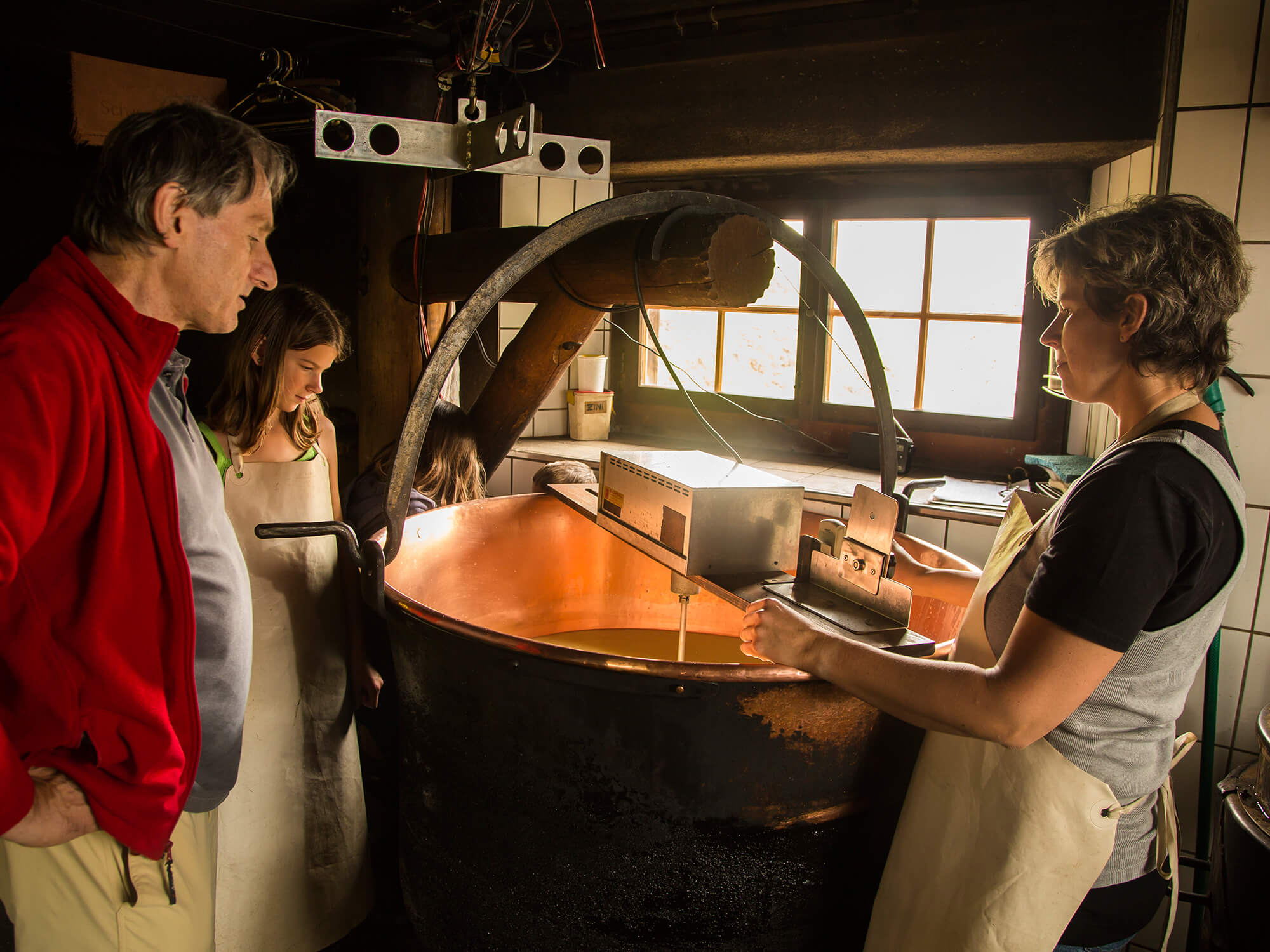
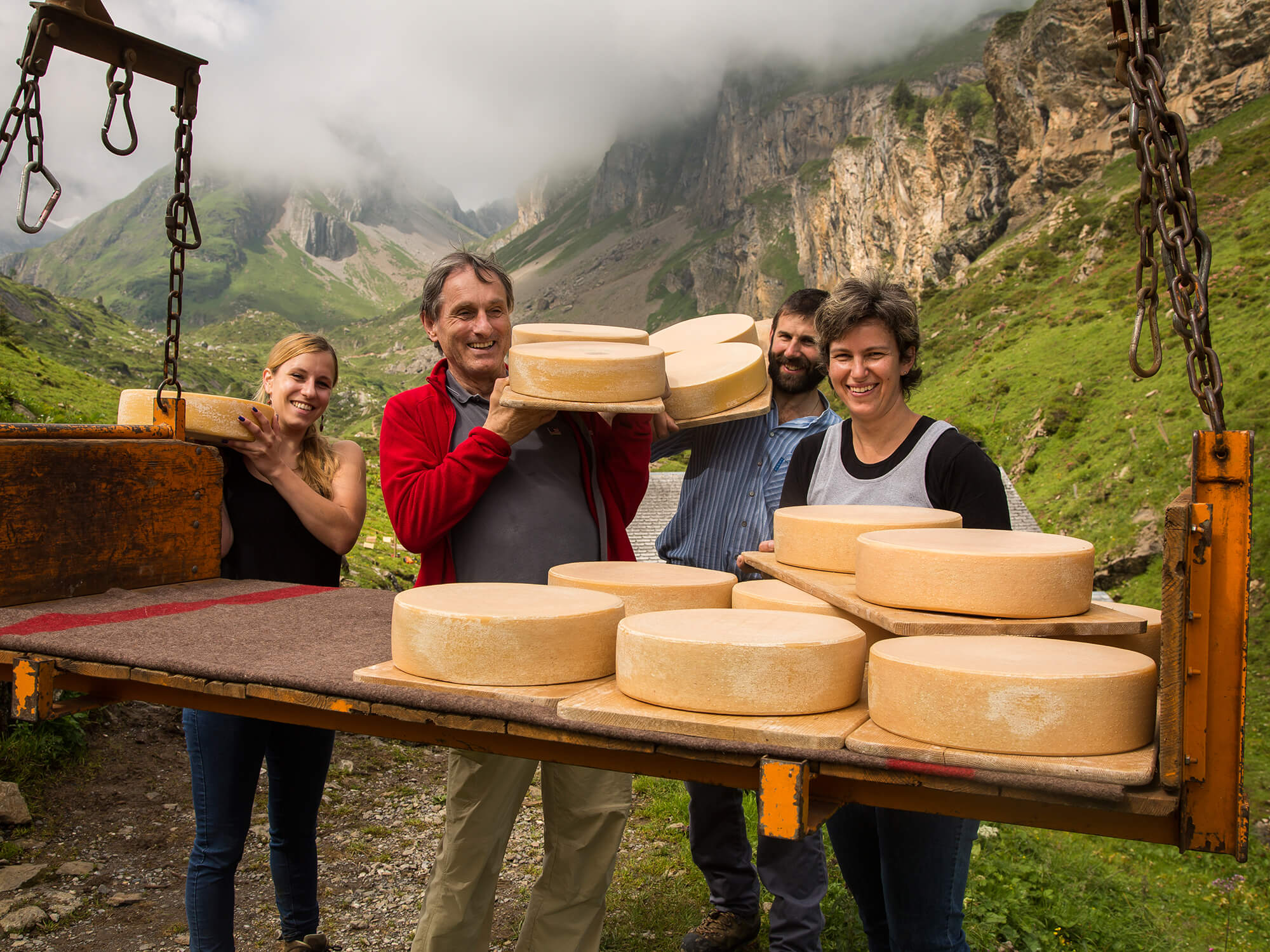
Meet cheesemaker Willi Schmid
Willi Schmid’s Jersey Blue is insanely good: creamy, bold, and yet subtle, it messes with your senses so that any time I taste a blue-veined cheese, I ask myself: "Is it as good as Willi’s?"
This new documentary tells the remarkable story of cheesemaker Willi Schmid:
From the farms to the dairies to the cellars to the markets and restaurants. Nowadays he sells online, too.
“During the pandemic, our web shop exploded with private orders, instead of the restaurants,” Rolf said.
With the pandemic less of a public health crisis, you can once again find Rolf’s cheeses at a range of markets. Precise locations are noted on his website, but below are the common markets he attends. And you can find his cheeses at Globus, too.
Many restaurants carry Rolf Beeler's cheeses, be they fancy fine-dining temples or simpler eaters. And not just in Switzerland, but in Germany, Spain, Sweden, and the United States.
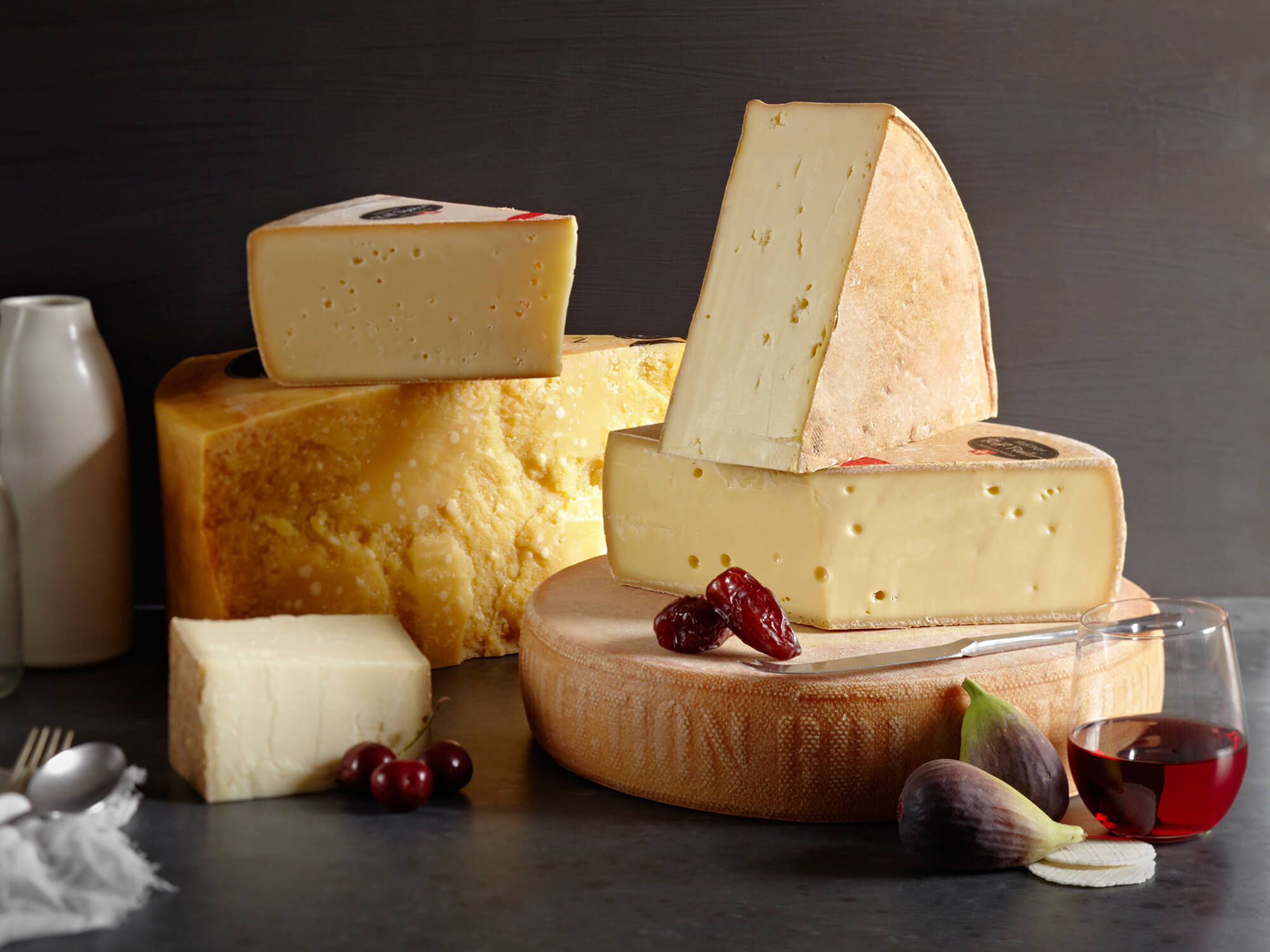
Caroline Hostettler, the U.S. importer of Rolf’s cheeses, and the founder of Adopt-an-Alp, a program that unites farmers and cheesemongers.
She explained to Newly Swissed what she finds so remarkable about his cheeses: “Rolf does not just look at a cheese but also at the person who makes it. He’s dreaming up and designing cheeses in his mind and then approaches the maker who he thinks is the perfect partner to work with on this specific project.”
“He also, and this is very unusual, does not remove his babies from their birthplace. Meaning that most of his cheeses get to age and are taken care of and mature in the dairy they were made at. Instead of removing the wheels from their environment - from the flora and strains in the cellar they belong to - he visits the cheeses in their natural habitat. He tends to them, then communicates with the maker on how to treat them until his next visit. This is an almost homeopathic approach, and one that I think is much underrated and overlooked.”
No wonder that Max McCalman, one of the world’s leading experts on cheese, listed seventeen of Rolf’s cheeses in his top thirty books.
“Cheese: A Connoisseur's Guide to the World's Best” rates 186 kinds of cheese.
While best known for his Gruyère, Emmental, Sbrinz, and Kuhfladen (a.k.a. Stanser Flada), Rolf is also creating cow’s milk Alpine cheeses, young and old, as well as some new sorts, such as the Tomme Fleurette from Agnes Beroud and her father Michel; a Cru de Jura (sort of a Brie); and a Rouge de Jura, Cremeux de Jura (semi-soft cheese).
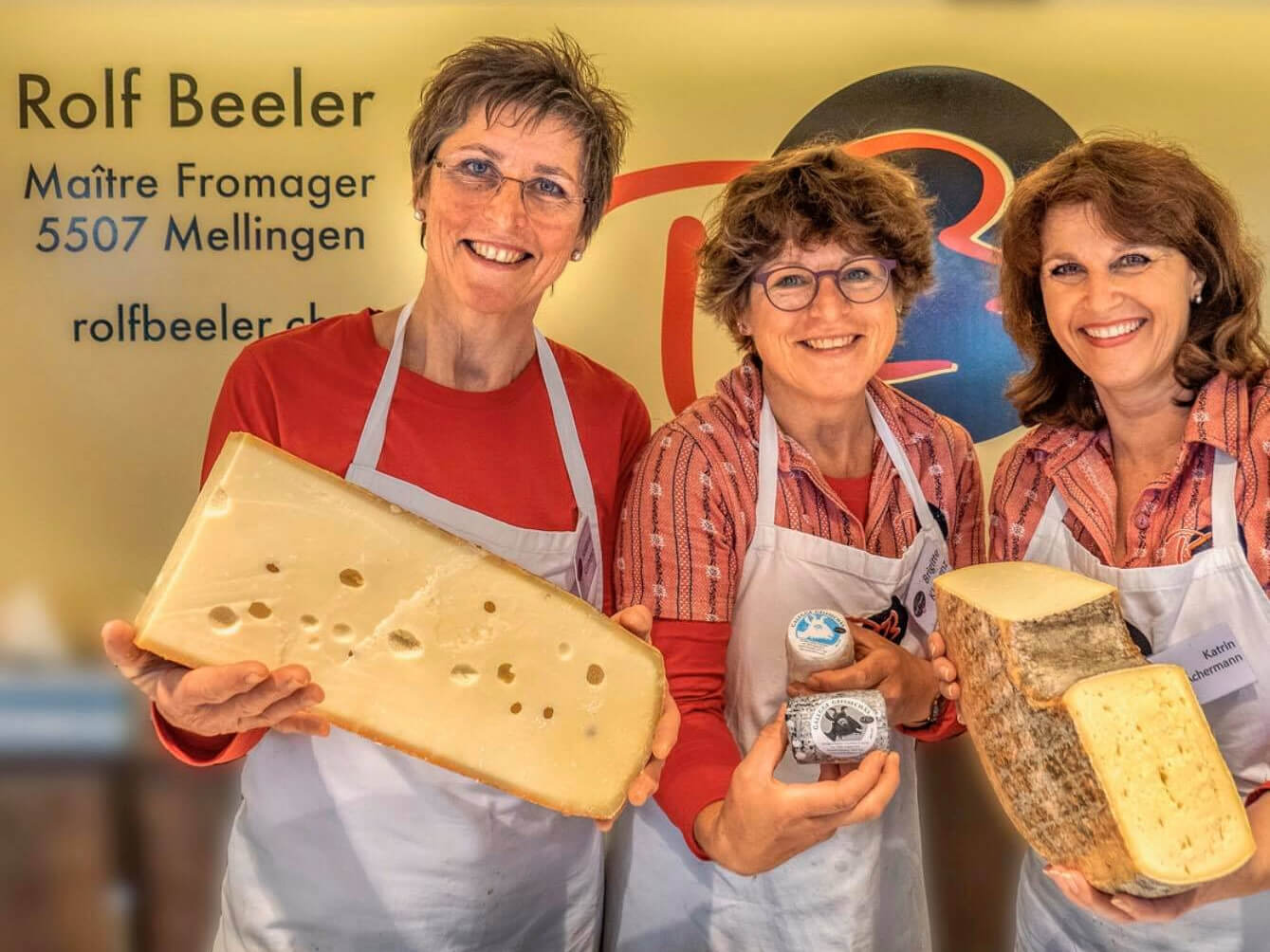
Rolf Beeler's fondue recipe
You can buy Rolf Beeler's fondue mix, which is a quick antidote to the blues one might feel on a cold, dark wintry night. Or you can make the fondue from scratch with his cheeses.
I have asked Rolf about his recipe for fondue, and this is what he has told me: “For 200 g of Gruyère and Vacherin Fribourgois aged about six months, use 1 dl of fruity Fendant du Valais white wine, and one coffee spoon of Maizena. Add some Kirsch at the end.”
Visit Rolf Beeler's online cheese shop featuring 150 types of cheese. And while you're at it, consider a cheese subscription to spice up your everyday life!

